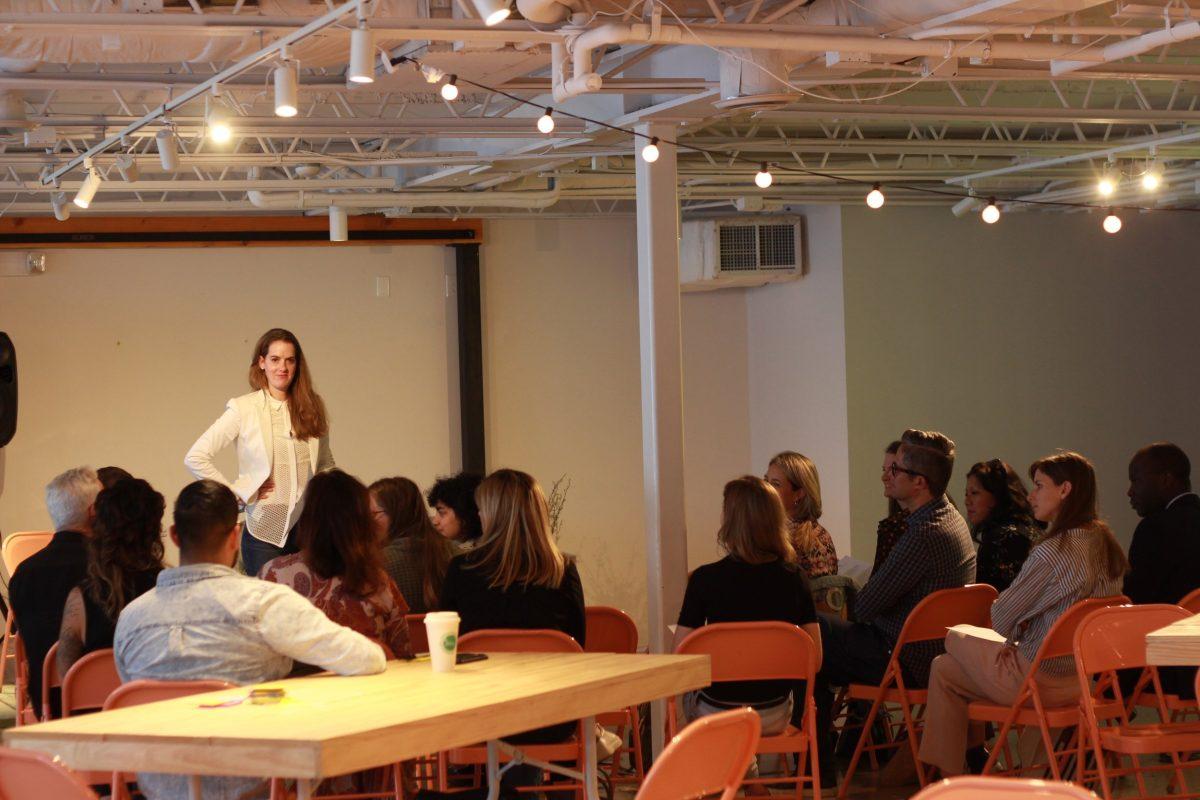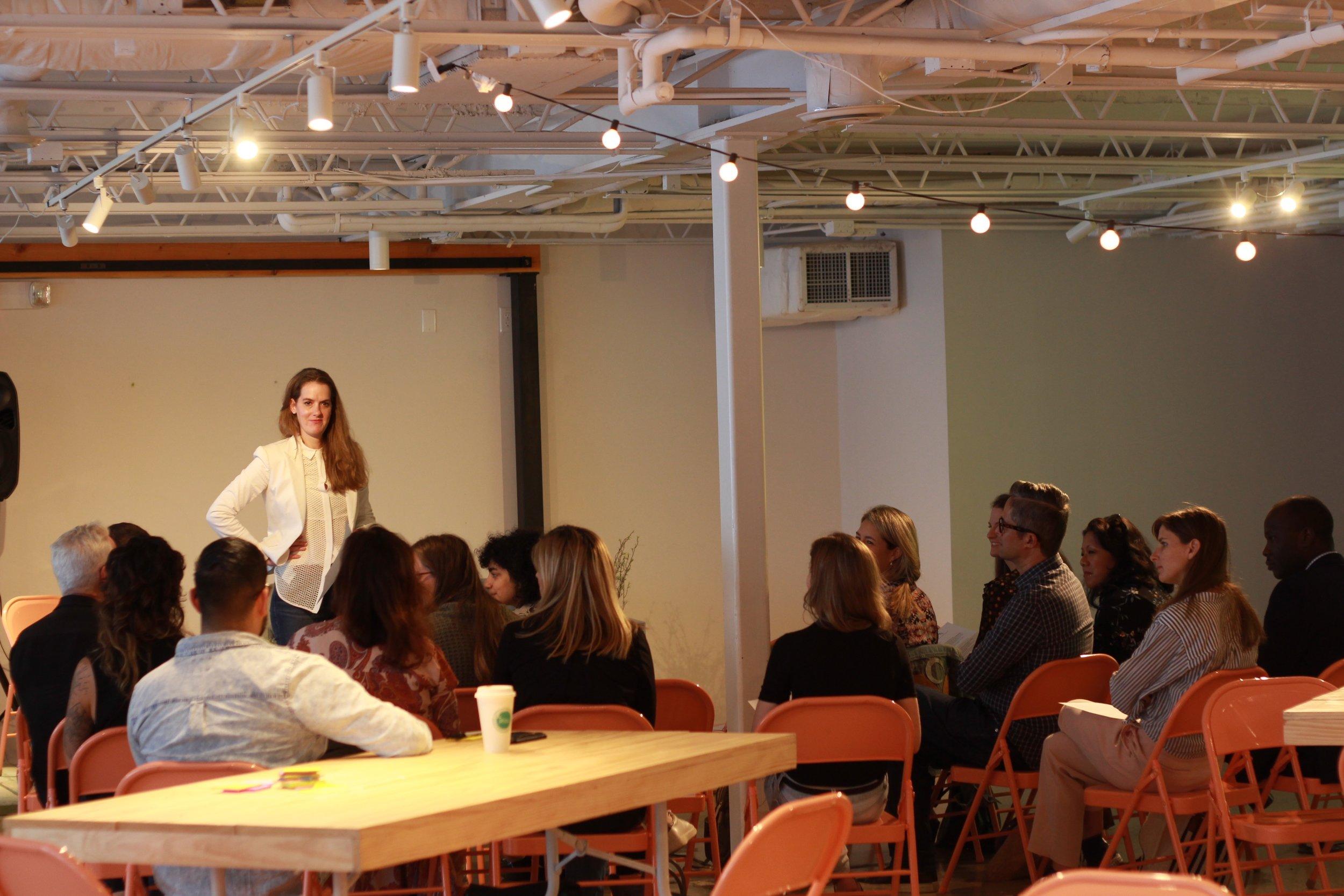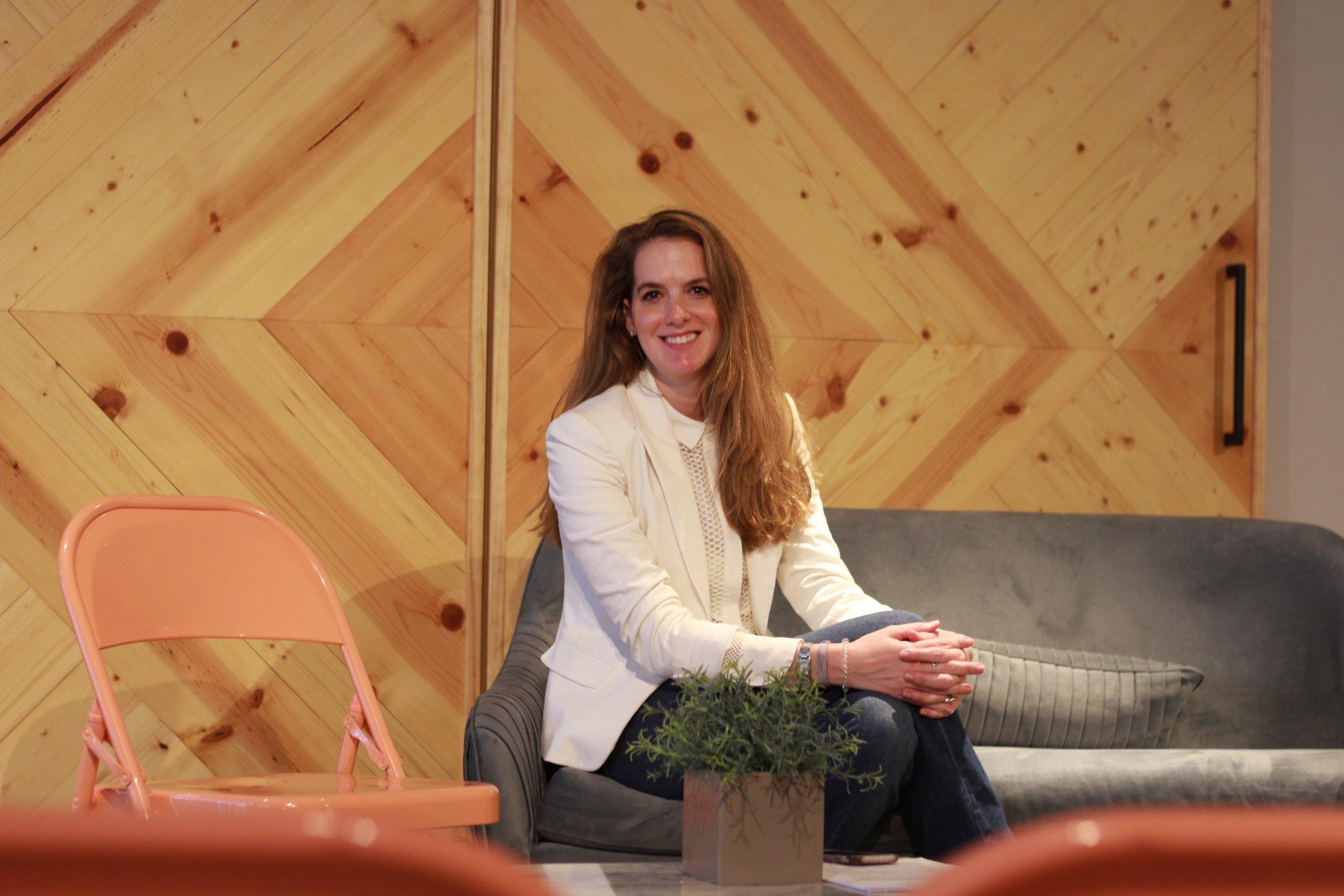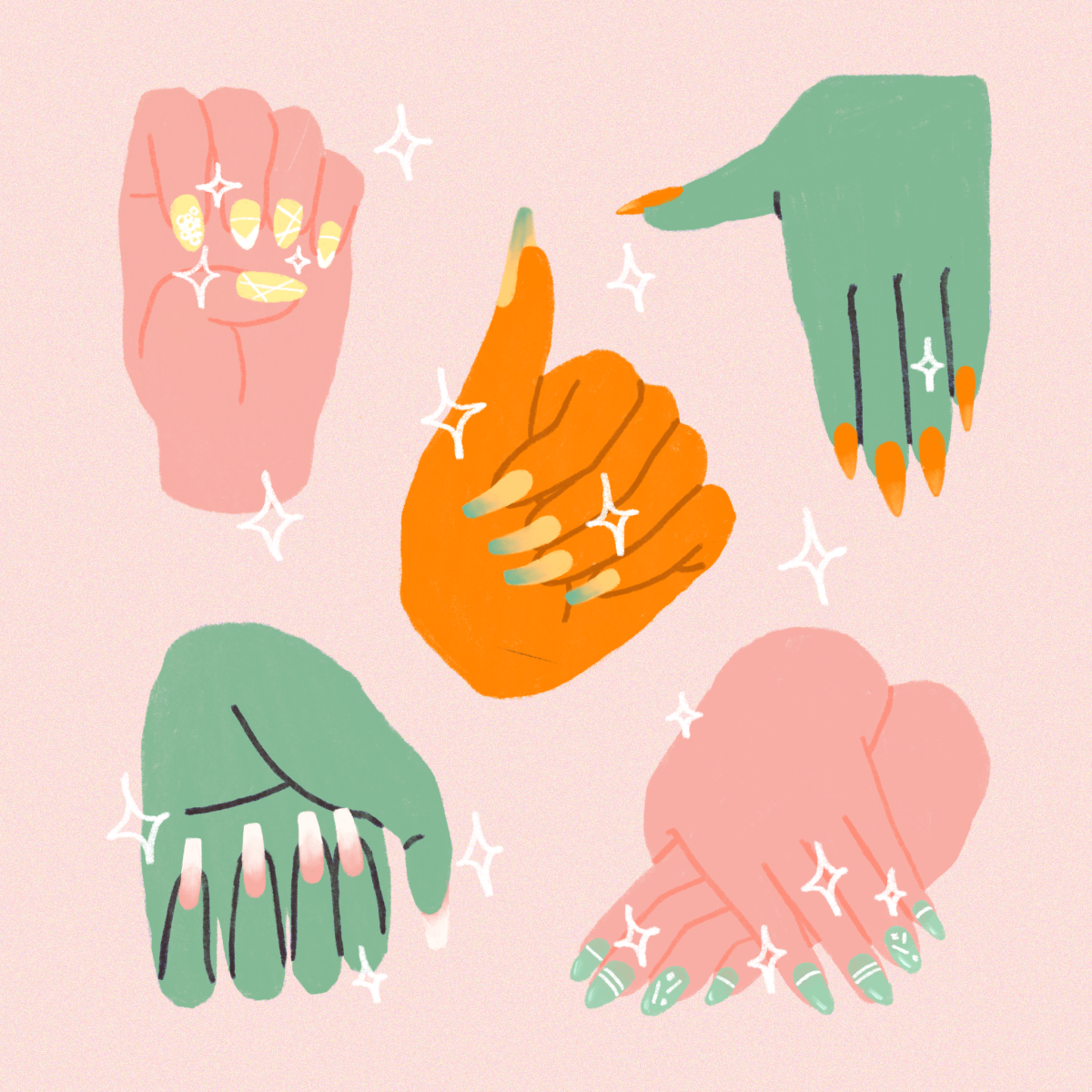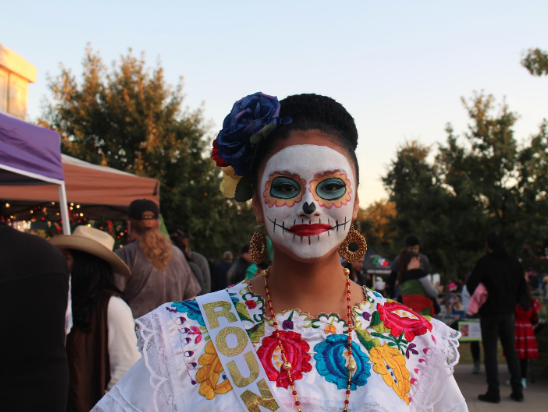Jennifer Millspaugh, the founder of Austin Fashion Initiative, educates the Austin fashion community on ways to further globalize as well as improve their own fashion businesses.
In the midst of Austin Design Week, entrepreneurs and designers immersed within the Austin fashion scene gathered at The Refinery on Nov. 6 to discuss the challenges and benefits of internationalizing the local industry.
Story by Ida Kamali
Photos by AJ Lazo-Kim
While Austin is not considered a global fashion capital, it is easing its way into the fashion world. There are major efforts underway to bring the local fashion scene to the international level. Austin Fashion Initiative, founded by Jennifer Millspaugh, is making some of the more predominant efforts. To facilitate a sense of community and discussion amongst designers and entrepreneurs, Millspaugh held a roundtable to discuss ways in which individuals can build their brand through economic development, networking and internationalization.
The crowd attentively listens and participates in the discussion.
To start the discussion, Millspaugh asked everyone in the audience to introduce themselves and mention why they came to this event. The audience at the roundtable included a plethora of fashion designers and marketers, as well as web designers, finance marketers, advertisers and people thinking of joining the fashion industry. Much of the audience was intrigued with how to expand their brand, promote their business and enter the fashion scene.
Millspaugh said she initially moved out of Austin to get into the fashion scene. However, after getting her doctorate in fashion and internationalization from the London College of Fashion, she moved back to Austin because she realized that the city was experiencing a “spur of innovation in the local fashion scene.” She witnessed people moving to Austin from the likes of New York and Los Angeles to pursue careers in fashion. She went on to found the Austin Fashion Initiative. Millspaugh realized the importance of internationalization, saying that “globalization is not going away.” Thus, it is important to first launch ideas, brands and designs outside of the local community.
When starting a brand, one of the biggest concerns audience members had were about their customers. The “hardest thing new designers experience” is figuring out who your consumers are. “People don’t dress head to toe in one brand, but rather they align to a certain aesthetic,” Millspaugh says. Thus, the best way to do figure out who your customers are is “to look at brands that align with the aesthetic you have.”
Although the people of Austin tend to like laid-back casual styles, Millspaugh suggested that your brand doesn’t have to align with this aesthetic. Rather, it is important to find the gaps in the fashion industry and fills those holes with your own brand. Muso Ato, a member of the audience, demonstrates this concept by stating how he wanted to open a men’s suit company in Austin because he saw a lack of similar shops in the area. Many people discouraged him from doing so, saying that the Austin people are more into casual wear. However, Ato moved forward with the idea by first testing out his brand as a pop-up store, rather than signing a long-term lease. Within the first two months of opening his pop-up shop for his brand, League of Rebels, Ato knew opening a full-blown shop would be successful.
Millspaugh then moved her discussion to internationalization. “Internationalization can feel like a big, tiresome chore, but it’s a lot easier now,” Millspaugh says.
Jennifer Millspaugh, the founder of Austin Fashion Initiative, believes that Austin is an “ivory tower with its doors wide open,” symbolizing its potential and uniqueness in a positive fresh environment.
She added that it is important to “scale up your brand” in order to get more traction. Another reason to internationalize is that there is not “a labor force to manufacture a fashion line locally in Austin” and so brands need to use “larger markets.” With the rise of the internet and social network, it had made the internationalization of the fashion scene easier and more attainable for independent brands.
Millspaugh’s number one advice for internationalizing your brand is to constantly be out in the fashion community. Go out and attend events where you know your type of customer will be. Develop relationships in these circles. Networking is essential to any company and brand. “No one has your unique set of skills and experiences,” Millspaugh says. “Use these assets to your advantage when networking, find your unique niche.”
Zachary Host and Angela Southern work on a graphic designing project.
When the event ended, many designers and marketers felt that the roundtable addressed many of their questions. “This type of event, where there is an open conversation, is important because it helps us communicate with each other our advice and concerns,” says Amber Perley, the owner and designer for Pearl Southern Couture. Events like this are what helps build the local Austin fashion scene.
For students and graduates interested in immersing themselves within the local fashion industry, Millspaugh cites a few resources that will aid those who don’t know where to start. Austin Fashion Initiative has a student membership that provides many benefits such as a directory of professional members, LinkedIn group access, and other modes of building relationships with people within the industry. iFab is also another valuable resource which includes a slack channel where people can conversate with others all over the world and promote their products. “Networking is essential,” Millspaugh says. “Make sure you have a LinkedIn profile, always go to network events, try to talk to as many people as you can.” Millspaugh wants students to know that there are a lot of good opportunities here in Austin. You don’t have to leave Austin to get your foot in the door and get a great experience.































